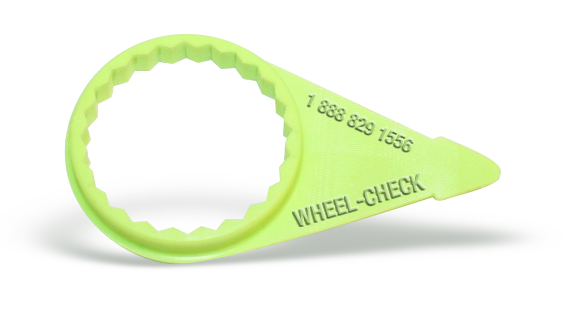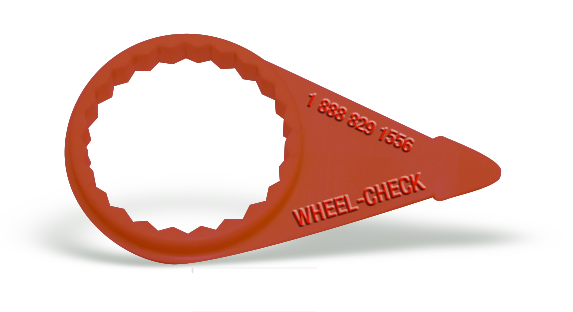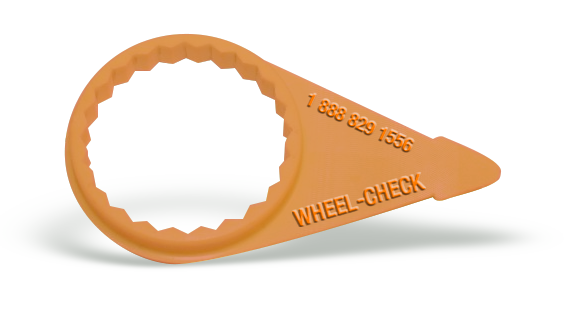

PROBE INTENSIFIES AS WHEELS FALL OFF AN 18TH MTA BUS
16 PASSENGERS ON BOARD; NO INJURIES WERE REPORTED; 'GETS MORE AND MORE SCARY'
The Baltimore Sun, Originally published June 13, 2002
By Marcia Myers, Sun Staff
Wheels fell off a Maryland Transit Administration bus last night for the 18th time since August, forcing investigators, who thought they had the problem nearly licked, to scramble anew for answers.
The bus on the 77 line was carrying 16 passengers south on Wilkens Avenue at 5:20 p.m. when its two right rear wheels came off near Rolling Road in Catonsville in Baltimore County. No injuries were reported.
One of the 200-pound wheels rolled 10 feet forward onto a grassy embankment. The other toppled over beside the bus.
Transportation Secretary John D. Porcari last night ordered every bus reinspected before being allowed back on the streets.
"If there's any question between having enough buses to make the usual runs tomorrow and safety, we'll do with less buses," he said. Mechanics and supervisors immediately began testing the wheels on more than 600 buses scheduled to return to the streets this morning.
Bus 0054 is among the 400 buses that have been retrofitted so far using new equipment and revised maintenance standards since May 9.
In addition, each lug nut on the rear wheels of those retrofitted was equipped with a bright green indicator flag. If the flag shifts position, it is a signal that the wheel nuts are coming loose.
Initial findings by investigators last night indicated that two wheel nuts inside the hub had not been properly tightened, however. In addition, mechanics failed to remove a gasket between the dual wheels, and that may have contributed to the problem, said Porcari.
"Based on what we've seen so far, there are failures on multiple levels - quality control, training, supervision," he said. But Porcari said investigators were not yet certain what caused the wheels to come off yesterday.
"I've directed them to take nothing for granted," he said. "It is very frustrating, but it only redoubles our determination to make sure we have safe buses out on the street. "The MTA did not get themselves in this position overnight, and it will not be fixed overnight," he added.
Ralph Moore, a transit advocate and board member of the Citizens Planning and Housing Association, said he felt that the team had been working diligently to correct the problem and that the changes made so far had been sweeping.
"But even in the face of all these things they're doing, it's still happening," he said. "As time passes and the phenomenon continues, it just gets more and more scary."
Injury claims have been filed by 44 passengers and 10 drivers. About $5,000 in damage has resulted from runaway wheels striking vehicles, and in one case, a natural gas tank, which ruptured and leaked.
On Tuesday, Porcari testified before state lawmakers that he had growing confidence that the problem was being corrected. No buses retrofitted under the new procedures had lost wheels, he said.
"But we're looking closely at the fleet for additional signs of failure," Porcari said during a hearing before the House Commerce and Government Matters Committee.
He and other top transportation officials have been meeting with mechanics and other transit employees and also have been riding the buses to show their confidence.
Porcari and his team are racing to get on top of a problem that caught them by surprise last month. It was not until a 10th accident had occurred that MTA's acting administrator, Virginia L. White, launched an investigation into the problem on April 20. Even then, she limited the investigation team to a handful of officials from the MTA, and excluded the agency's safety department.
In late April, a safety officer reported that a lubricant was being applied to wheels against the manufacturer's recommendations in the main bus maintenance facility, run by White's husband. White challenged the finding, saying the safety officer had overstepped her authority.
When the safety department brought in an independent consultant to inspect the buses, White ordered the inspection to stop.
Even after starting her investigation, White did not inform Porcari of the scope of the problem. When he became aware of it late last month, he shifted control of the MTA investigation from White to Eric Christensen, who oversees MTA's safety division, and brought in an independent team consisting of state Department of Transportation officials, auditors and private consultants.
Since then, two buses have lost wheels: the one last night, and one on May 31 at Baltimore and Eutaw streets in downtown Baltimore. White took a voluntary leave of absence after the 17th accident.
The head of the investigation, DOT director of engineering John Contestabile, has said he believes that the accidents may be caused by multiple factors, including overtightened nuts, which can cause the bolts to fracture, and a deteriorating gasket between the dual wheels.
Copyright © 2002, The Baltimore Sun

WHEEL-CHECK®: High visibility loose wheel-nut indicator

WHEEL-TORQUE: Red torque indicator used to mark a nut has backed off, and maintenance is aware of the problem

WHEEL-CHECK®, HIGH TEMPERATURE: Loose wheel-nut indicator that withstands higher temperatures

WHEEL-CHECK®, CUSTOM COLORS: Custom colors and sizes are available upon special request.
© All Rights Reserved. WHEEL-CHECK®, THE LOOSE WHEEL-NUT INDICATOR. "Over 25 years helping roads to be safer."
*The use of Wheel-Check® in no way guarantees wheel-offs will NOT occur.